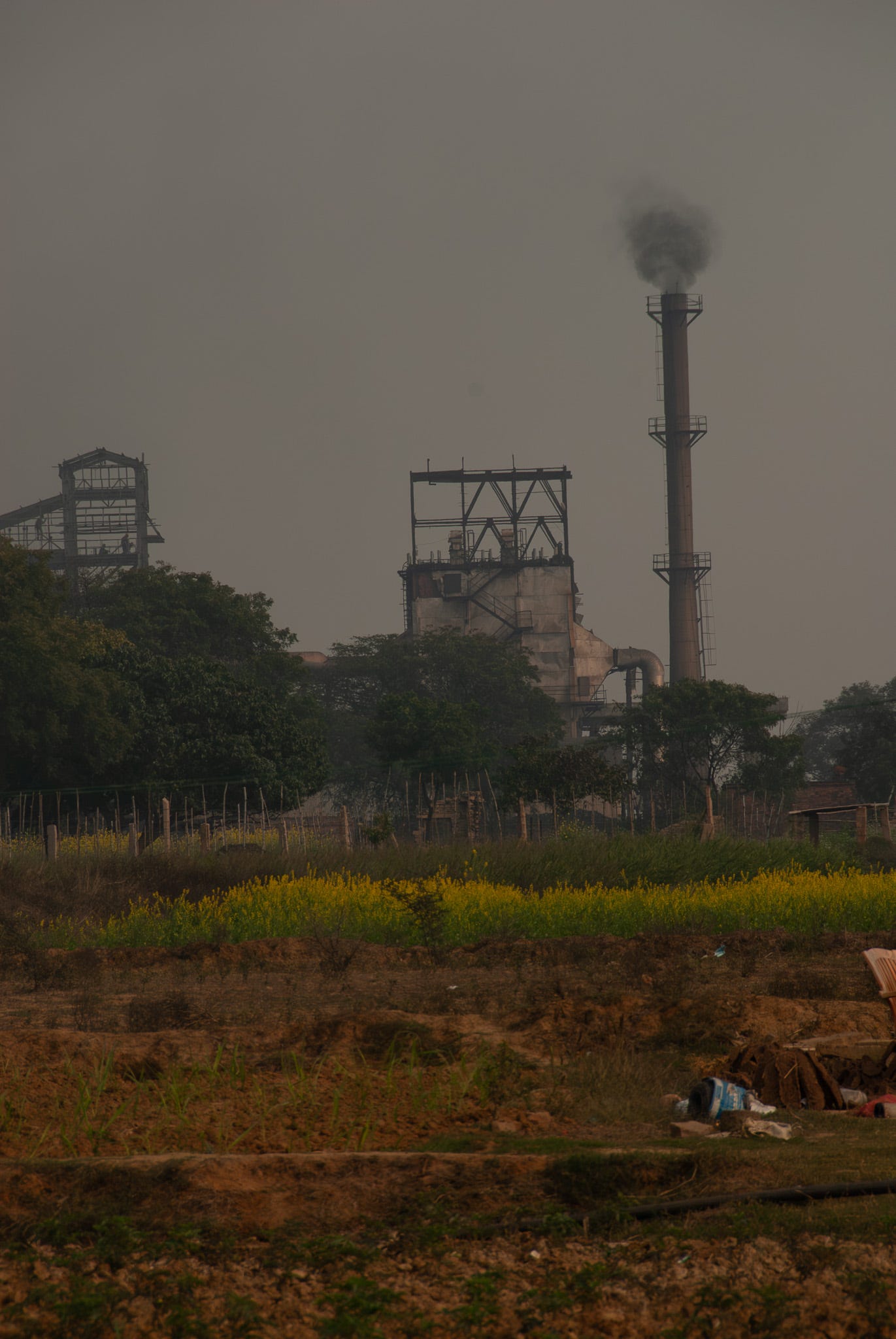On the highway to the waterfall
Time continued to stand still, not moving, not yielding to the demands of modernity.
I’ve traveled along Indian highways many times.
I’ve driven along Indian highways many times and have often stopped at villages or in the countryside. No one should enter a village assuming the villagers are simple peasants who live in the distant past and dream of the Manusmriti.
Villagers are not simpletons
Thanks to modern technology, most people now co…




